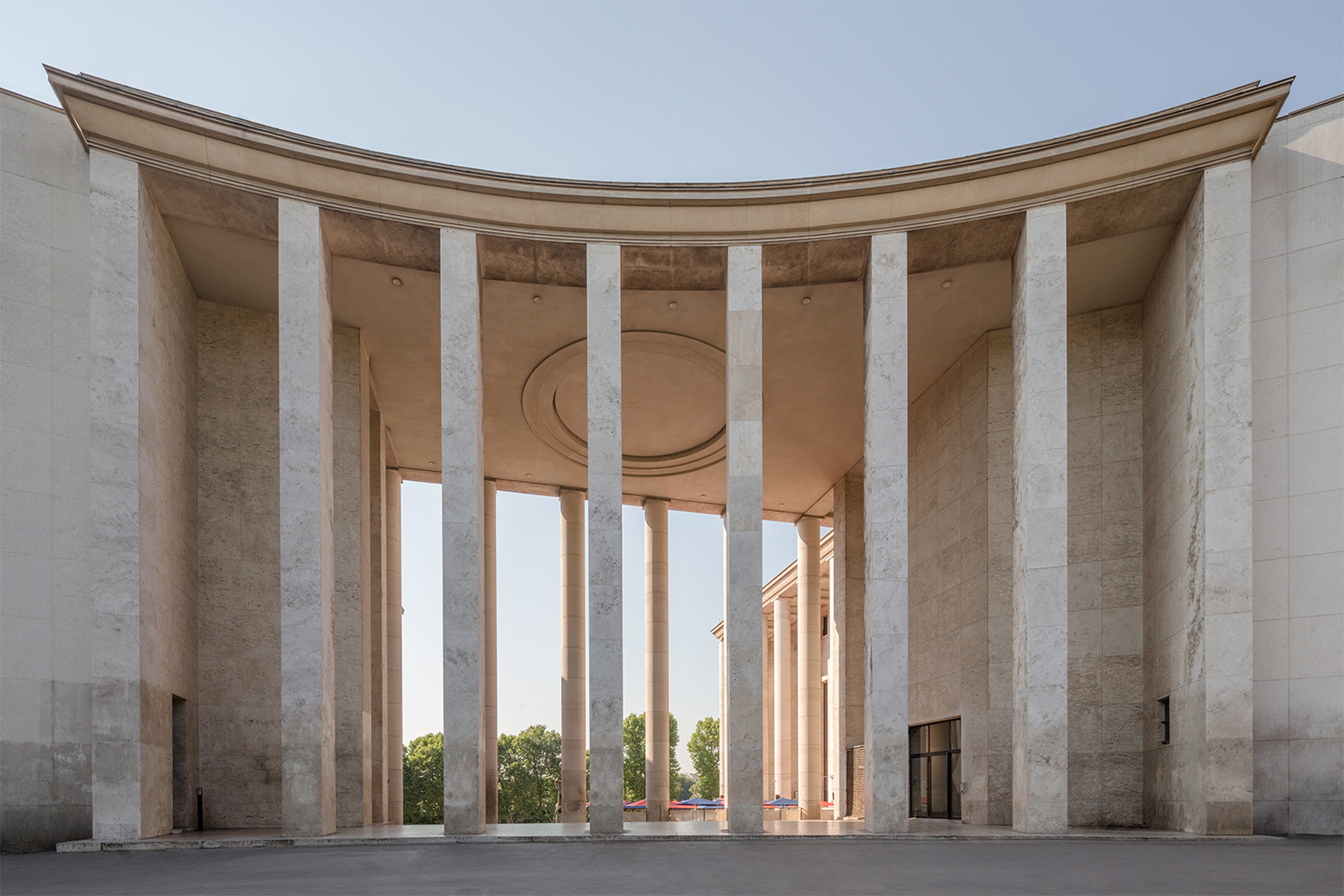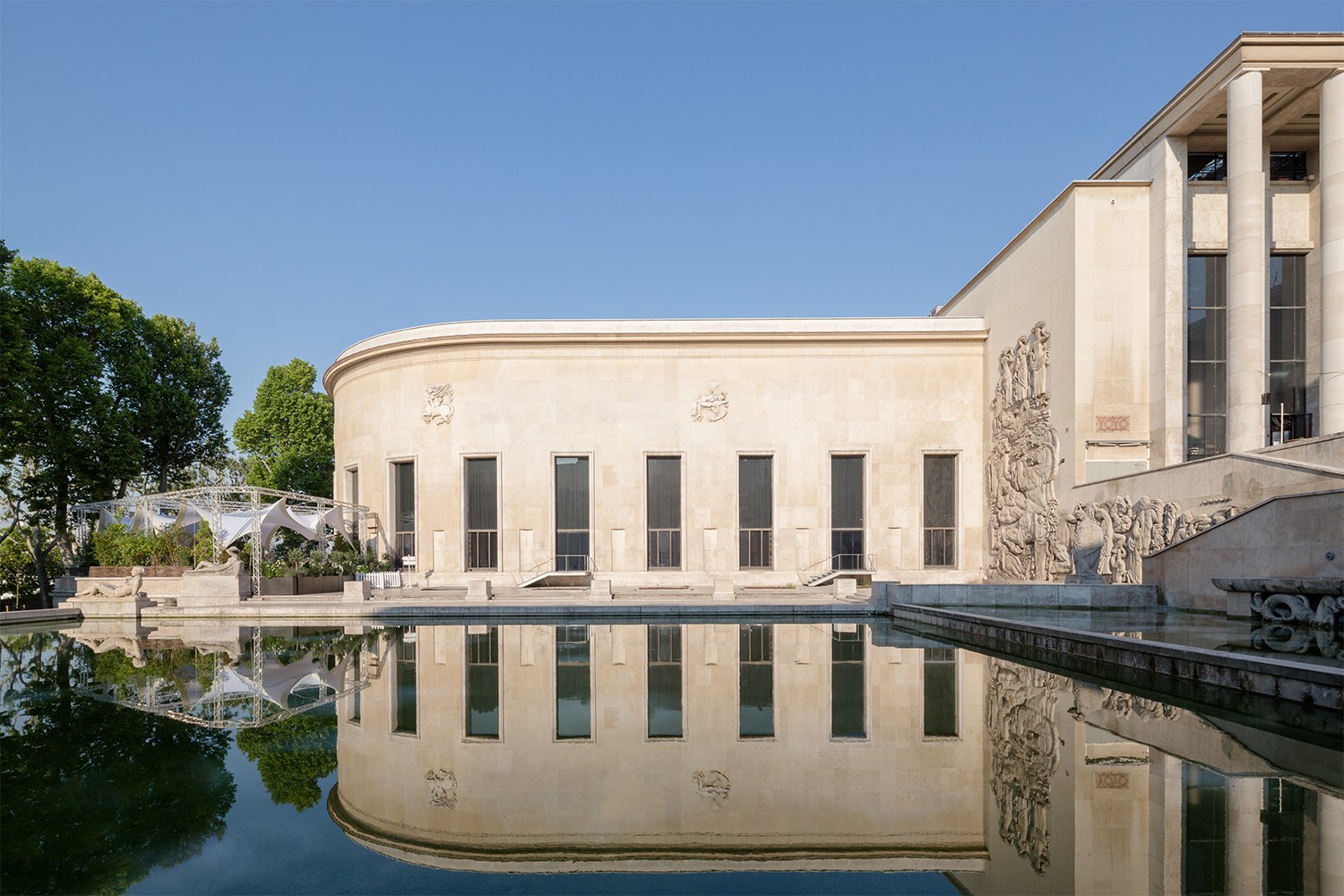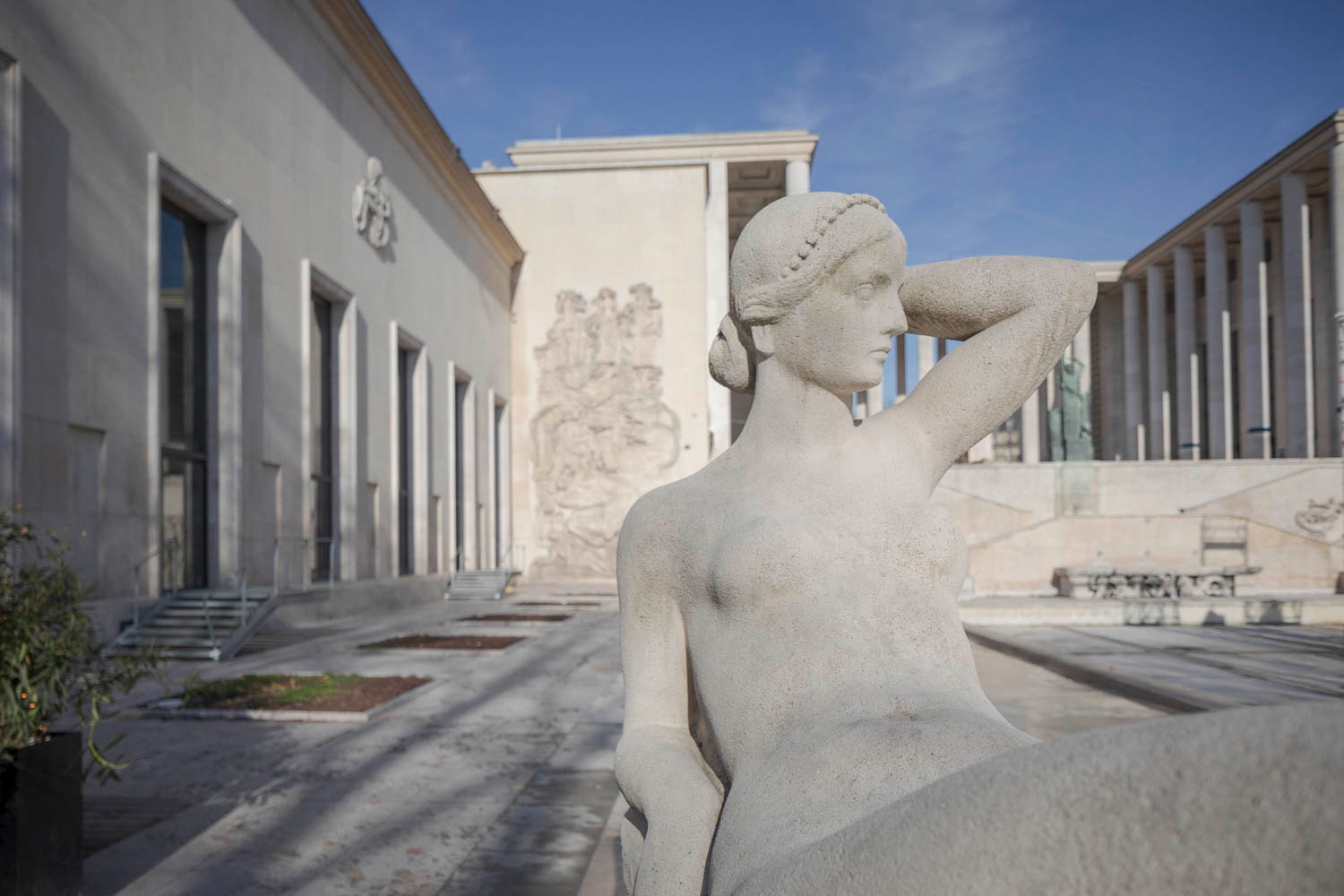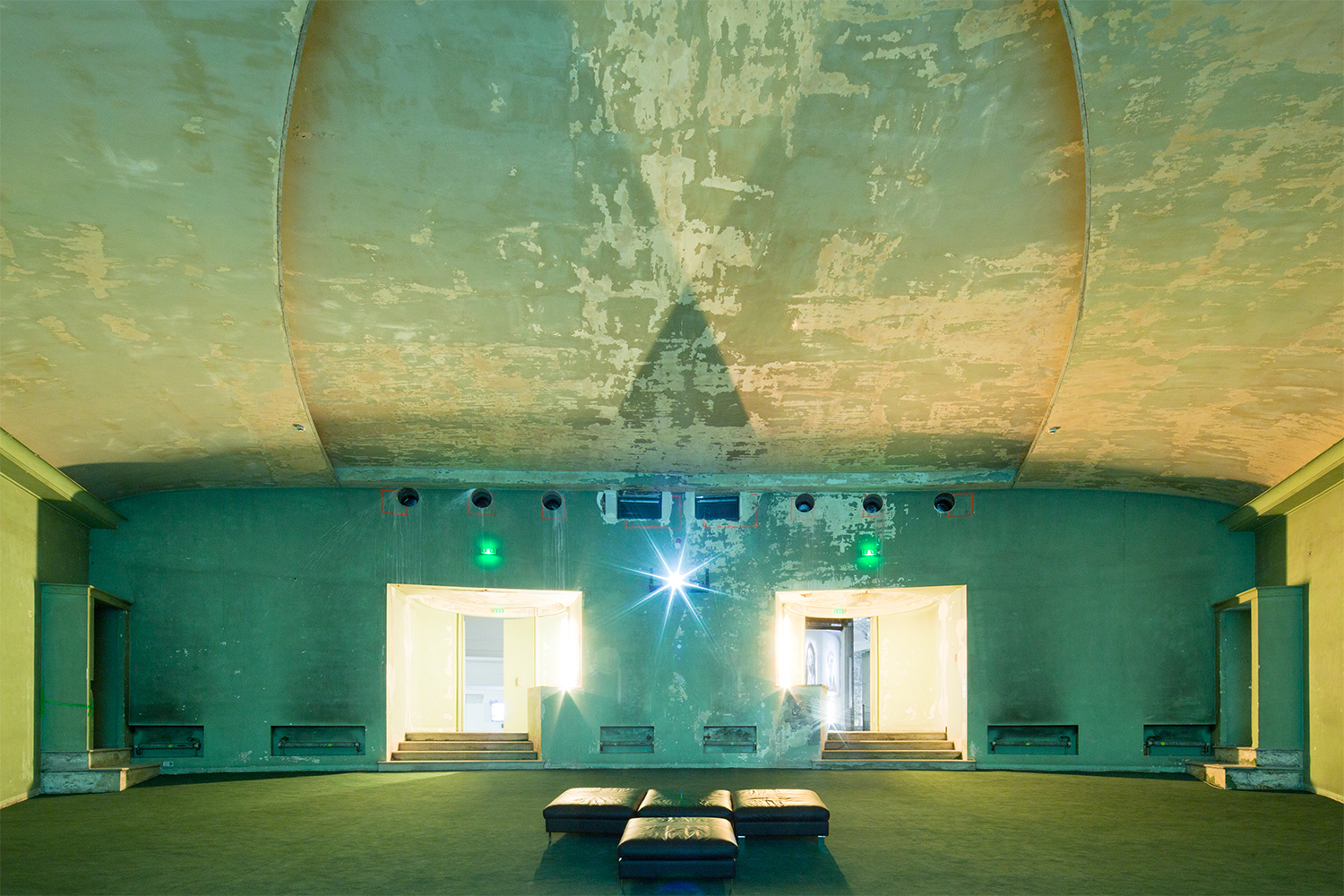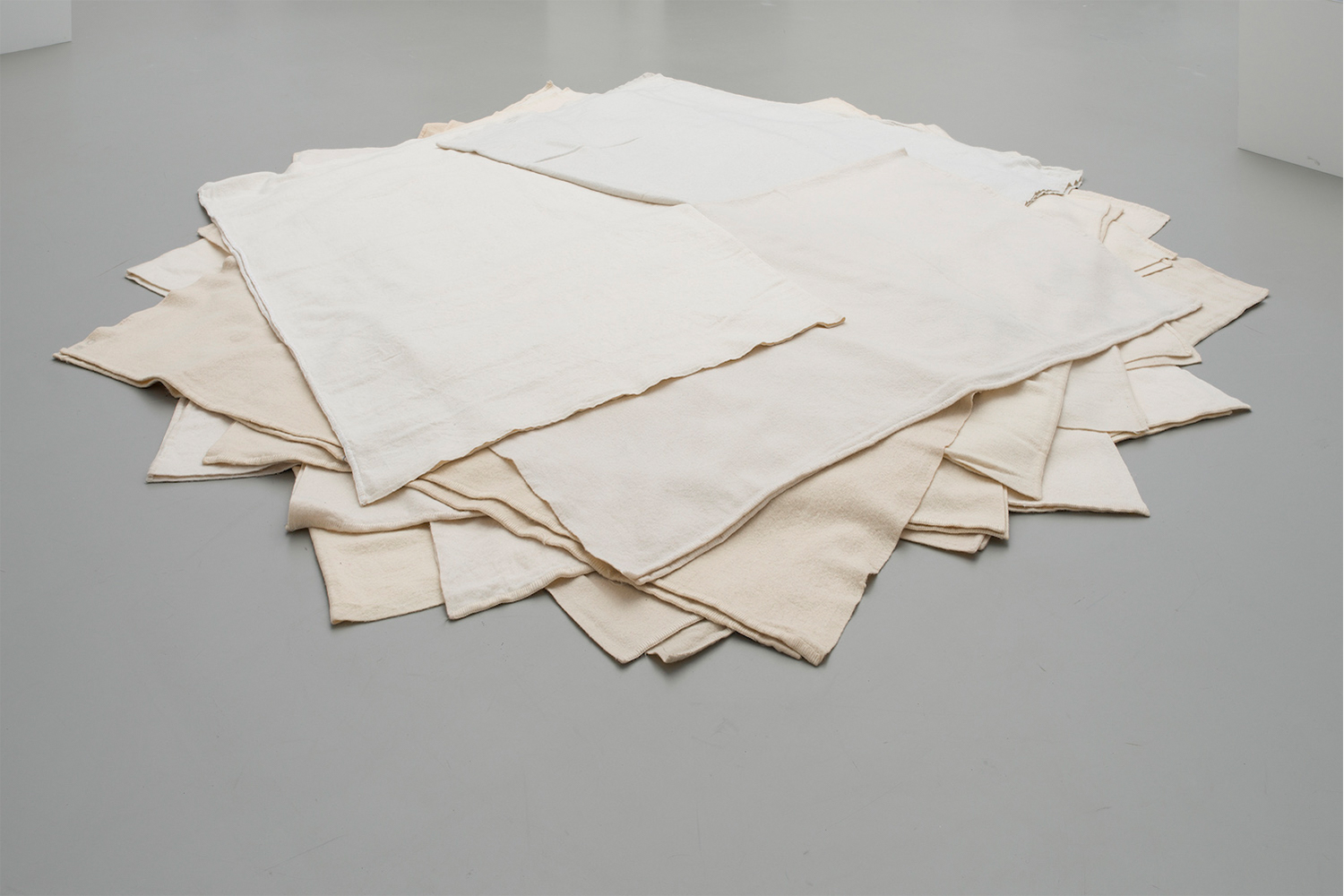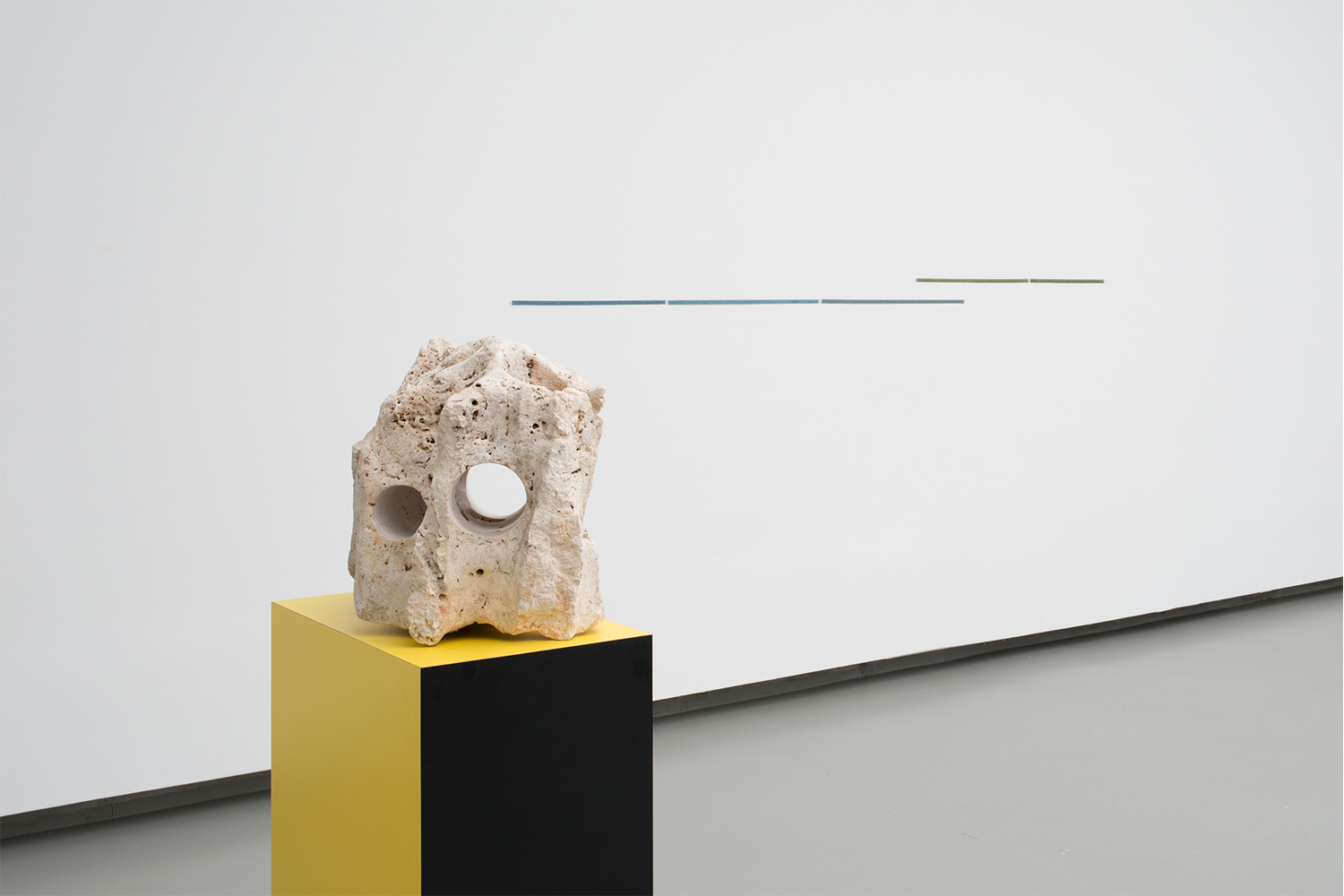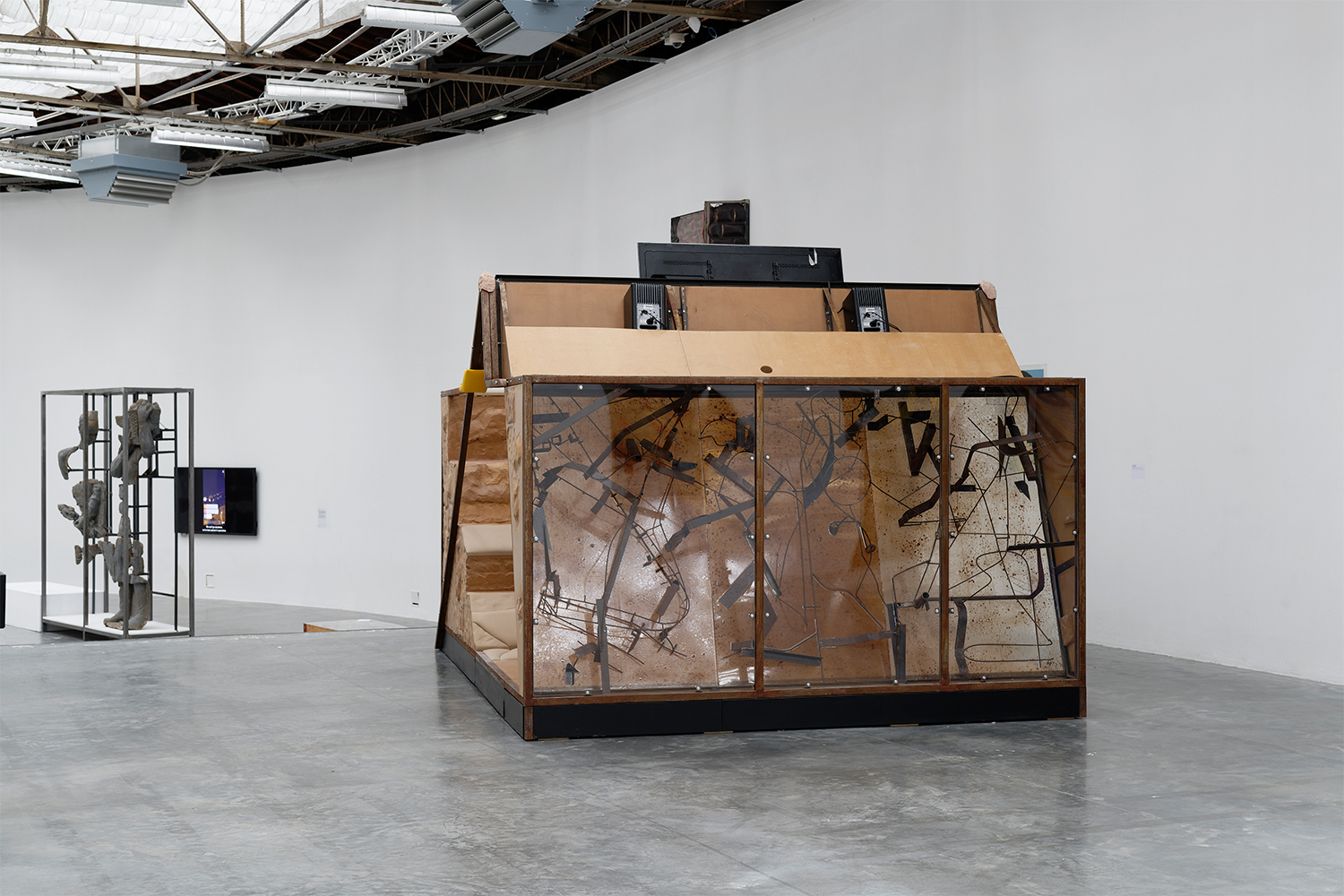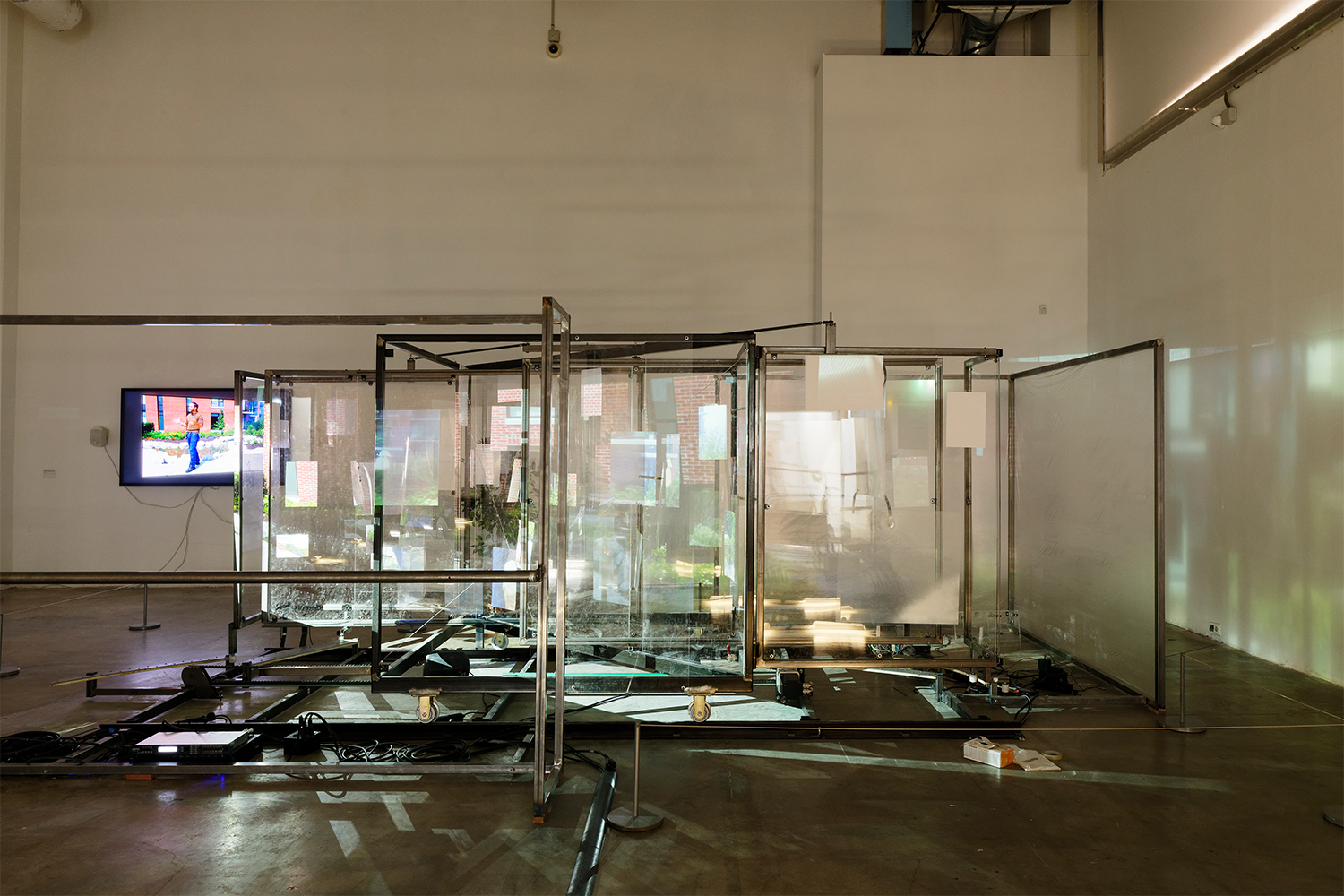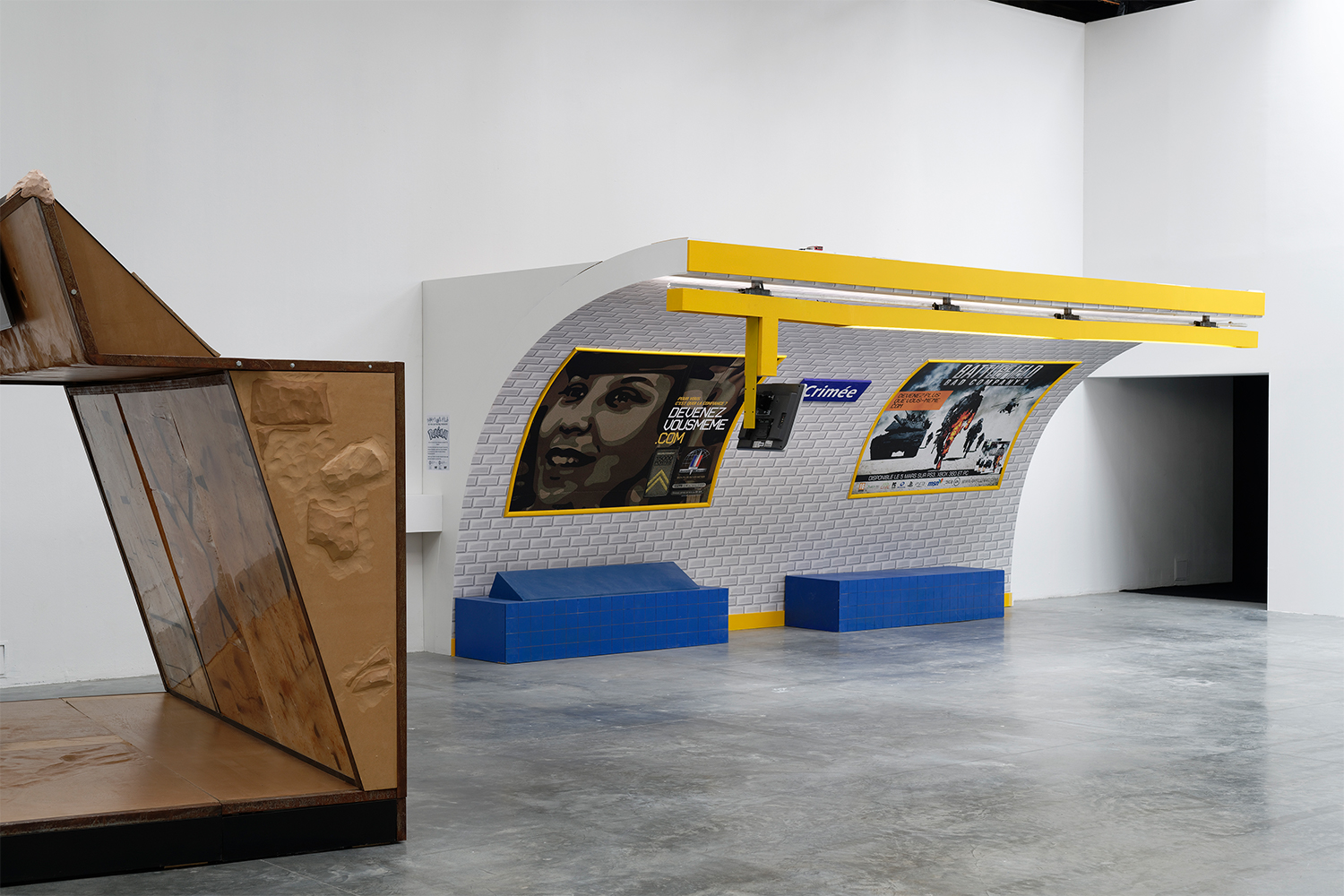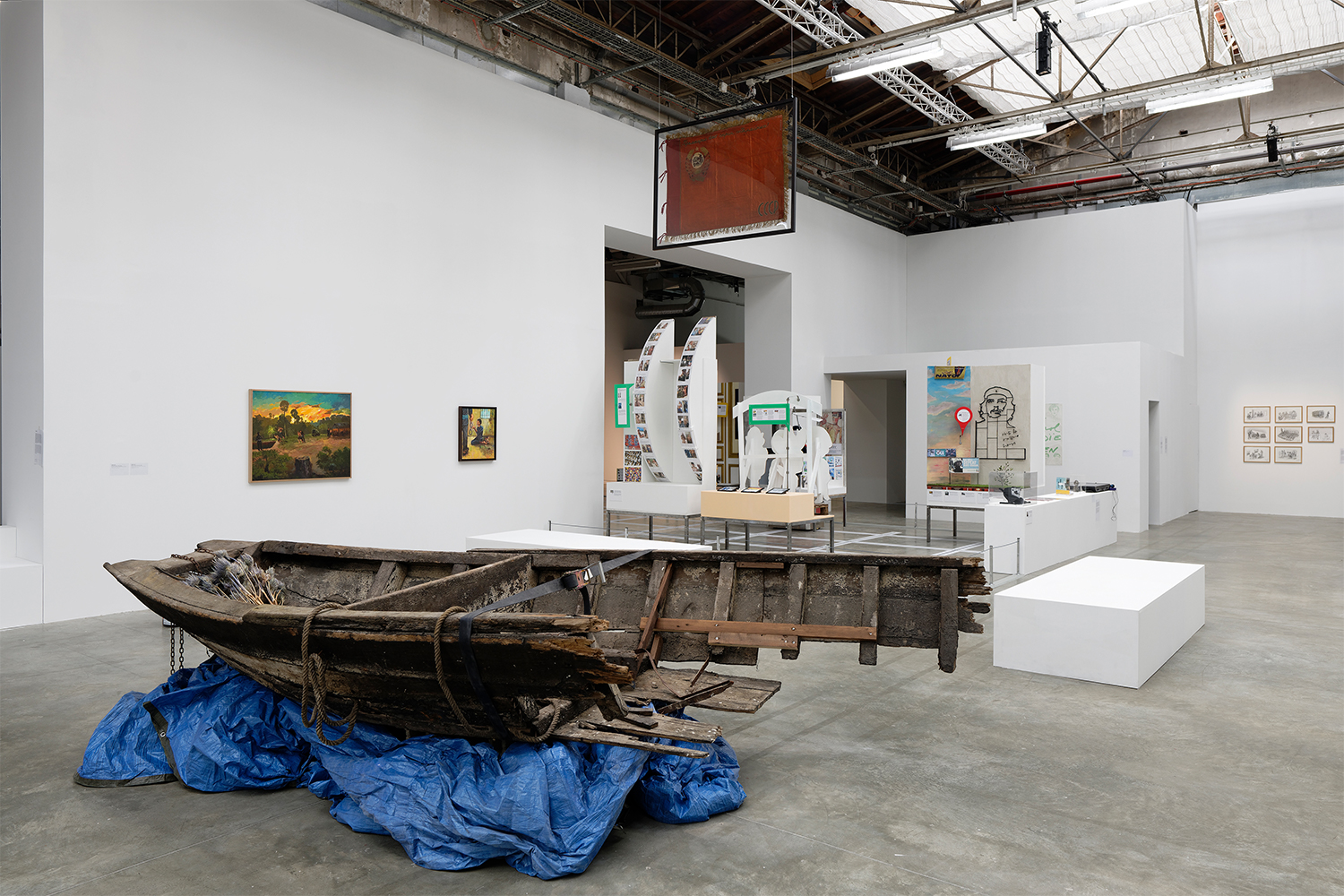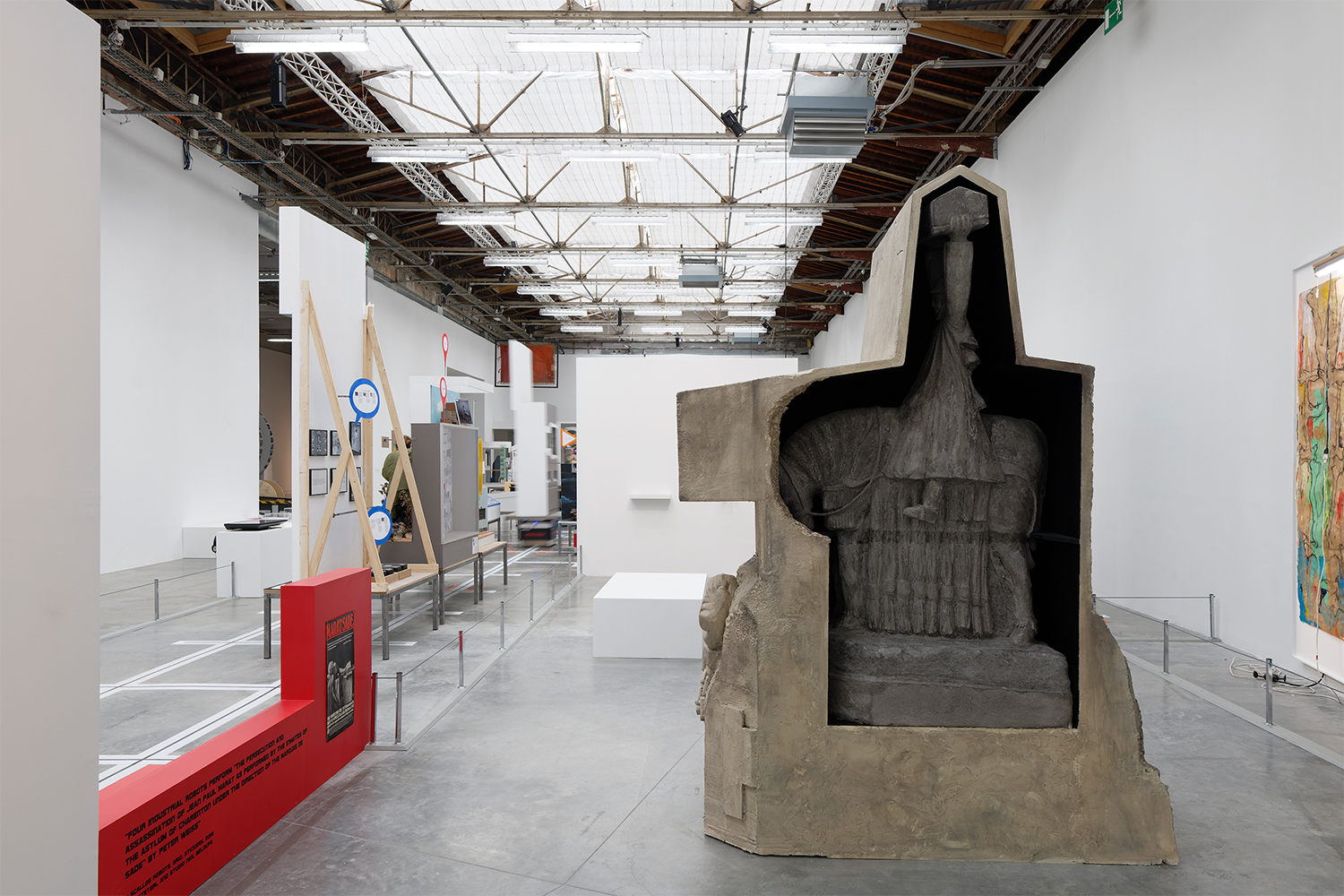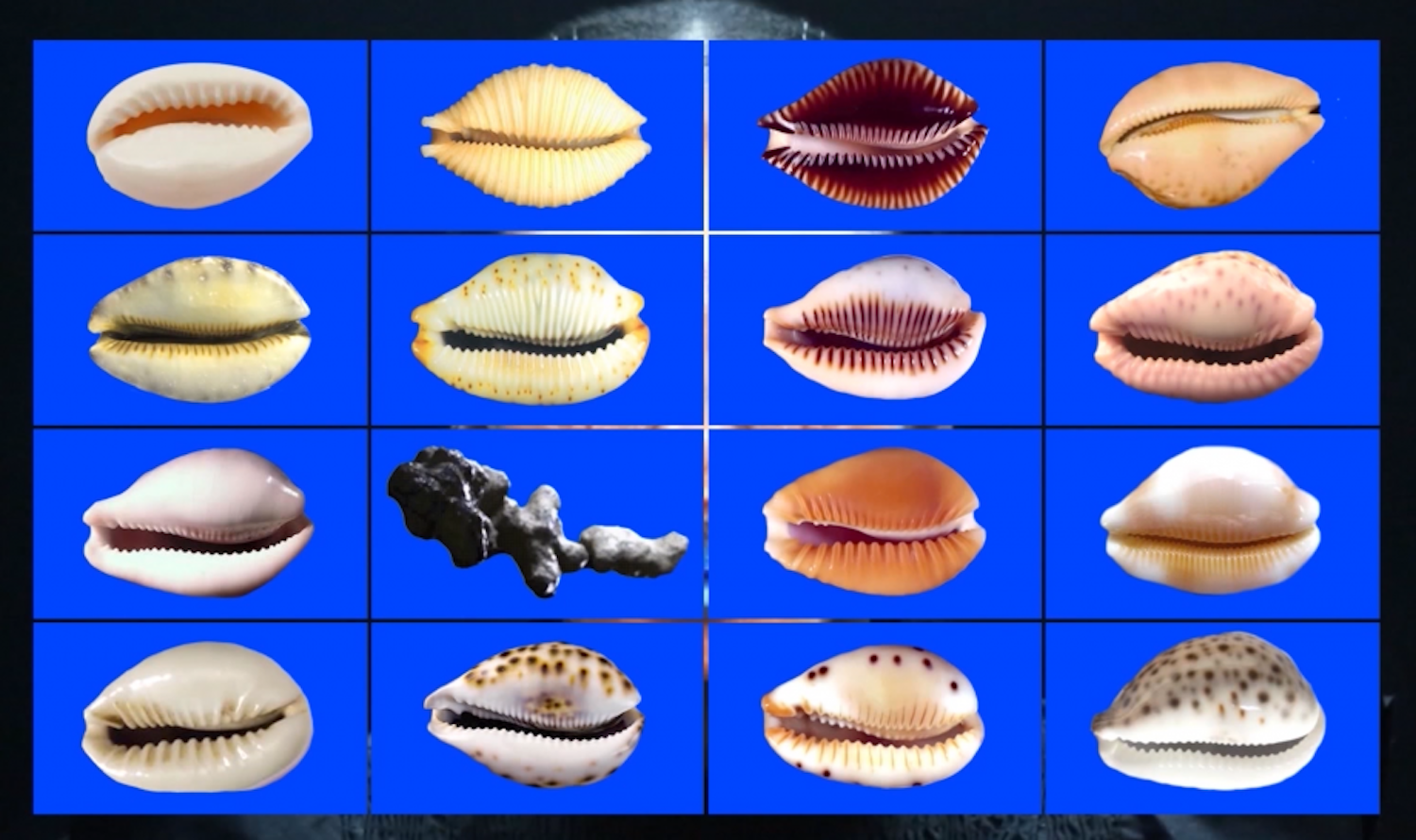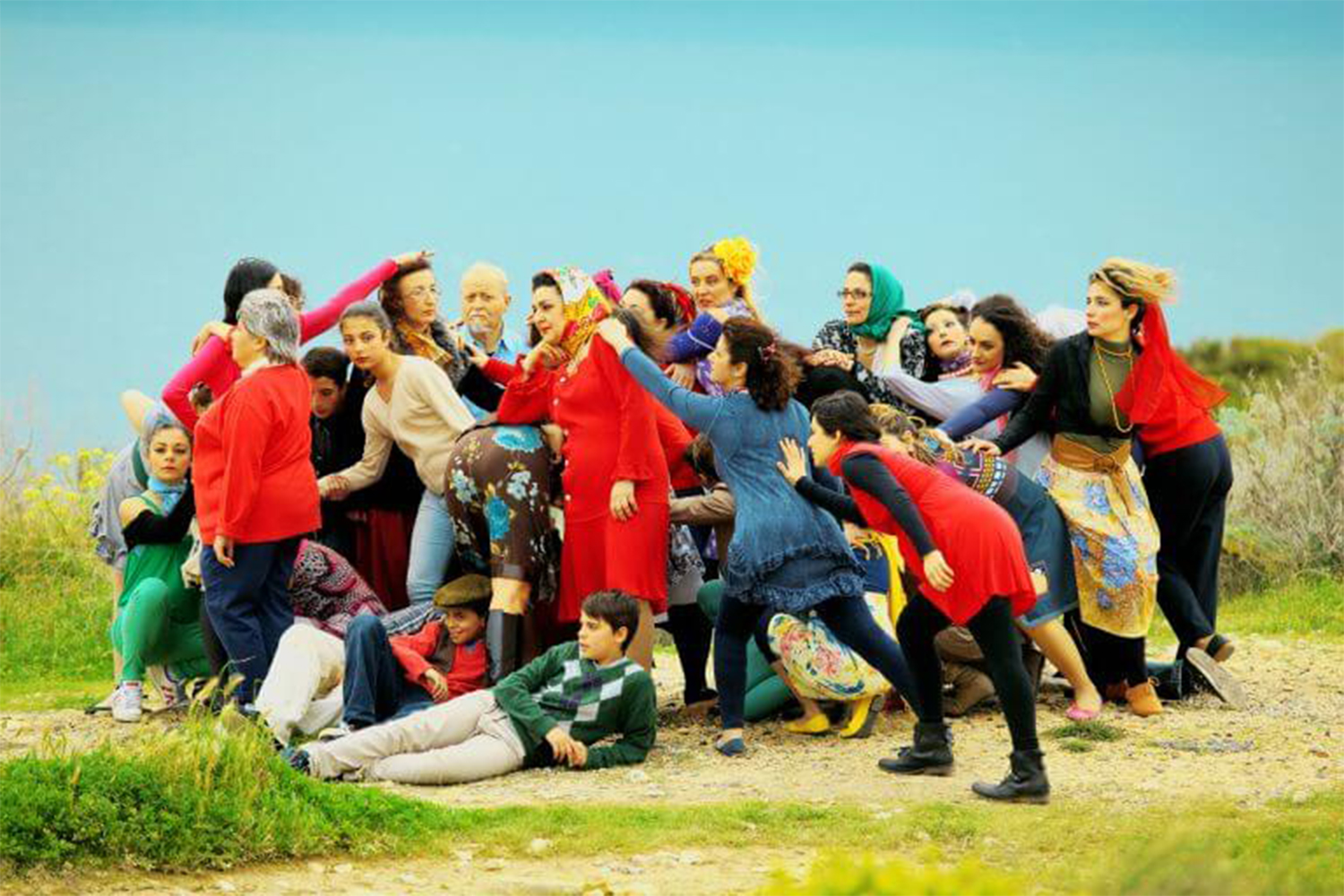Guillaume Désanges was made president of the Palais de Tokyo in Paris in January 2022. He succeeded Emma Lavigne, now general director of the Pinault Collection. Before that Désanges had been developing and curating the program of La Verrière, Fondation d’entreprise Hermes in Brussels, since 2013, and he directed the Méthode Room, an artists’ residency program in Chicago, since its creation in 2015. Meanwhile, through his Work Method curatorial agency, he now also directs the Salon de Montrouge, a melting pot for young artists in France. He has curated numerous exhibitions and lecture-performance series in France and abroad, including the remarkable “Ennemi de mon ennemi” by Neil Beloufa at the Palais de Tokyo (2018) and “Art: une Histoire de la Violence,” a performative cycle of conferences at CAPC-Bordeaux (2021), which analyzed the mechanisms of domination in the art field. His experimental and multidisciplinary practice is based strongly on participation. This interview grew out of research for an earlier essay on the museum paradigm.1
Pascale Krief: Guillaume, I thought it was important to meet before you announced your detailed program for the Palais de Tokyo, to get a sense of your position and have a more general discussion about the way you see things. As a beginning, I’d like to go back a little. In 2002, as a young curator and art critic, you drew up a set of questionnaires for artists, which provided a critical and not unhumorous analysis of practices. In retrospect, they also read as a kind of programmatic framework. Among them, there was a “Multiple-Choice” questionnaire whose first proposal was “the offbeat interview”: “Mention a subject other than the artist’s work (football, plumbing, sex). VARIATION: exclusively address the self-proclaimed themes of a work.” In your case I would say: poetry, or poetics.
Guillaume Désanges: Poetry is indeed a self-proclaimed theme. I’m not the only one to have used this term, but I’ve always thought of it as something that was the other side of reason, the other edge of knowledge. I was fascinated by conceptual art, by minimal art, by art you would naturally associate with demonstration, reason, or mathematics rather than poetry. But gradually I realized that maybe you can’t understand everything, not even in conceptual art. This revelation was what I called poetry, i.e., that this mystery, this elusive part of art, this thing that can never be explained or mastered, is irreducible, and is probably what interests me most in art. In reality, in order to reach us, art needs to mask itself, in a kind of humiliation or corruption of reason, through the mysterious dimension of its form. There is a moment when discourse, reasoning, no longer works, and poetry takes over. This is also what I expressed in the exhibition cycle “Poésie balistique” in 2016. But I had already used that word in the 2000s.
PK: We can’t go into all the questionnaires that you have drawn up, hard as they are to resist. But here is the second proposal in this “Multiple-Choice” questionnaire, because it seems to me that it is indicative, in its way of approaching things, of your conception whereby, within the institution, it is not necessary to multiply everything ad infinitum, but, on the contrary, it is vital to husband resources. Even though, here again, it should also be read ironically: “Secondly, the transfer. Preparing questions for one artist, putting them to another. VARIATION: steal questions from existing interviews (paraphrasing Douglas Huebler: art interviews are too full of more or less interesting questions to want to add even one).” In this sense, perhaps it anticipates your way of thinking about the museum institution or the art center, which is precisely what I wanted you to go into here. In the same vein, rather playfully, I would like to ask you the following question, borrowed from the title of András Szántó’s book: How do you see the future of the museum?2 Or, more precisely, can you expand on your conception of the future of the institution, the museum, or art centers such as the Palais de Tokyo?
GD: To conceive a museum for the future is to have a very linear vision of time. In reality, I don’t know what tomorrow will be. Who can know it ? The project I am proposing for the Palais de Tokyo is therefore an extremely reversible project, if only for ecological reasons. Laying the foundations in too linear or too marked a manner prevents everyone from thinking about their own ways of doing things. On the contrary, for the Palais de Tokyo I want to look at the upheavals in society and the art world as they are today, and to place them in an ecological perspective. Through this, the most pressing, worrying, burning emergency, a certain number of issues fall into place and a great questioning of dominations takes place. I find it particularly interesting to imagine that a place like the Palais de Tokyo can resonate with this. For me, making exhibitions has always consisted of trying to make visitors more free, and I believe that to continue to do so today, one must be critical of one’s own system and ask if it is not determined by a certain number of issues. The history of art is often presented in a very linear way, but this interpretation is restrictive, and by obscuring an abundance of movements behind aesthetic logic, we hide a certain number of ideological, political, and economic questions. What we show is, in a way, determined by this official history of art, and I believe that it is high time to open things up to greater diversity, and to a greater diversity of forms. I think this must be done not in a cosmetic way, by trying to add a little more of this or that, but by trying rather to get away from the formalisms that have been inculcated in us, of our inevitable mimesis, to conceive an indifference of statuses and forms.
PK: So, according to your conception, thinking in this way is intrinsically linked to a logic of an ecological or ecosystemic nature. How do you think we can reflect on the institution in this sense?
GD: I would also like to try to rethink the institution through the idea that it is a living body, i.e., a place that is not fixed, that transforms itself, that is porous to the world that surrounds it, in a kind of organic adaptation. This metaphor helped me to imagine a living institution, that is to say, one that is both strong and vulnerable, and that is linked to an uncontrolled and uncontrollable environment, with a form of ecological humility. For a long time, and I obviously include myself in this criticism, we were in a competitive logic that consisted of multiplying exhibitions in a sort of permanent bidding war or potlatch. Isn’t it time to put an end to this kind of blindness to context, to the race to produce and exhibit? Today, ecology leads us to ask ourselves how we can share material, intellectual, and economic resources within this artistic ecosystem. How can an institution like the Palais de Tokyo enter into a dialogue with its environment, with the institutions that surround it? Ecology also leads us to question a certain mode of curating. It is not always necessary to go to the ends of the earth, only to end up showing the same twenty pools of somewhat uprooted international artists. Today I think it is more interesting to pay attention to local scenes, which does not mean local artists. When I go to the Bienal de São Paulo, it’s not to see the same twenty artists again; it’s to discover something else. This does not happen without real biodiversity, which means opening up the usual canons of contemporary art to different forms.
PK: You often evoke the “geology” of a place, which also includes the idea of genealogy, or historical strata, that must be factored in, or that one must sometimes challenge. Is this notion part of your approach to the Palais de Tokyo?
GD: Of course, and here again, in relation to an ecological metaphor, that of permaculture. One of the first things we need to do is to know our soil. And what is our soil here? I think it is important to consider the institution as a living body, therefore vulnerable, which has also suffered from various things, including physically, and to consider it also in terms of identity: What is this place? What is its history? Its architecture? To which imaginary is it linked? The Palais de Tokyo is an institution that is celebrating its twentieth birthday this year, but the building dates from 1937. How do you summon the ghosts of an institution? With the curatorial team, we are going to propose a project derived from institutional psychotherapy as defined by the Catalan psychiatrist François Tosquelles in the 1930s to 1960s at the Saint Alban clinic in France. He also showed how institutions, and not just individuals, can have pathologies, traumas. We are going to invent, notably through a festival, “Le grand désenvoûtement,” how to care for the institution, in every sense of the word: to take care, but also to heal, to bandage, because there are always institutional pathologies.
PK: The homophony in French between the notions of penser-thinking and panser-bandaging seems to make them inseparable in your opinion.
GD: I believe that today thinking is no longer enough; that it is essential, from all points of view, to heal. That is why my project for the Palais de Tokyo is a global one. I no longer wish to separate artistic and institutional projects, because I believe that today we must think of the two together. More than ever it is interesting to think of institutions in terms of structures. The question of space is therefore also essential. In the collective imagination, the Palais de Tokyo may seem very large, a bit exhausting, and the question of how to fully occupy its space has often been raised. Permaculture has given me answers by allowing me to envisage possible integrated uses for it, without overcropping, by using a system of wastelands, of spaces where we work in a different way. Part of its 22,000 square meters will be made available to working artists. Artists don’t just need to be shown, they also need studios, exchanges, and an environment conducive to research. This will also allow us to make the place breathe, to create life there, to exchange with a pool of artists, so it is doubly virtuous. More generally, there are other uses for the space in an art center or a museum than an exhibition and production space and restaurants. We have already started pushing the ticket offices back to free up space to install tables, which we built here, with electrical outlets, which we will make available to the public. I hope that the Palais de Tokyo will gradually become a place where people can come for free, where there will be newspapers and books available, etc. Little by little, we will also be able to offer free artistic and cultural activities that will fit into these spaces. The first gesture of this permaculture is therefore also to leave these set-aside areas instead of intensifying.
PK: How will your project translate into future exhibitions?
GD: I plan to orient the programming through a series of gestures. I was very influenced by Erin Manning’s notion of “minor gesture” that shapes history. The ecological metaphor helps us to look at things differently, in today’s new context. It is a question of giving, or finding, a new energy from the history of the institution. On a formal level, we are going to try to maintain both diversity and an aesthetic line that will have its own singularity, and will be linked to a place, a space, and a time, which is this particular moment in history where we are, a mixture of fever, hopes, and worries, which I think is very interesting.

